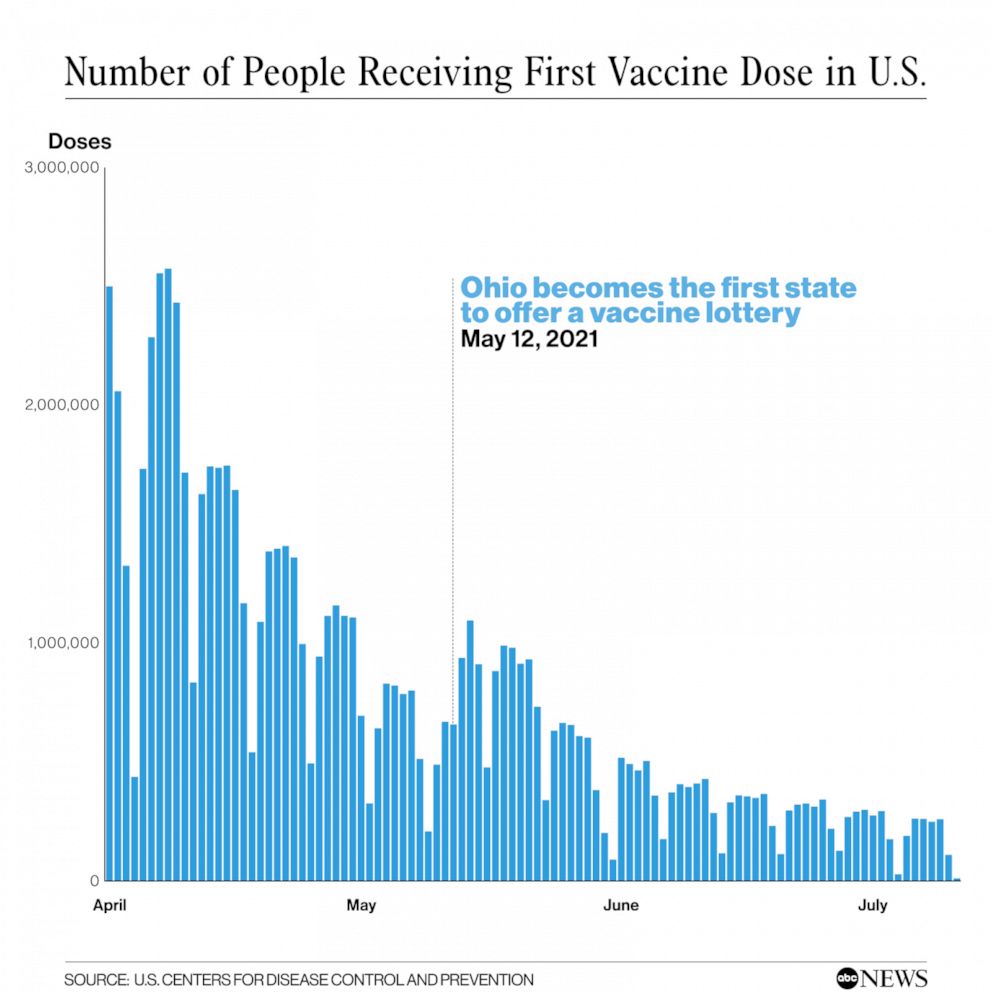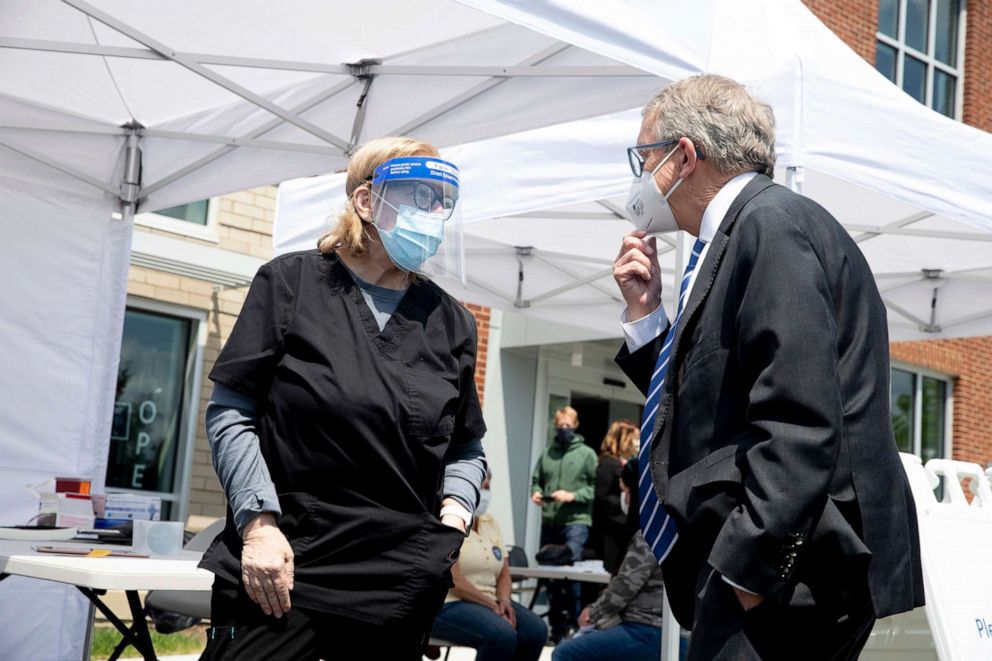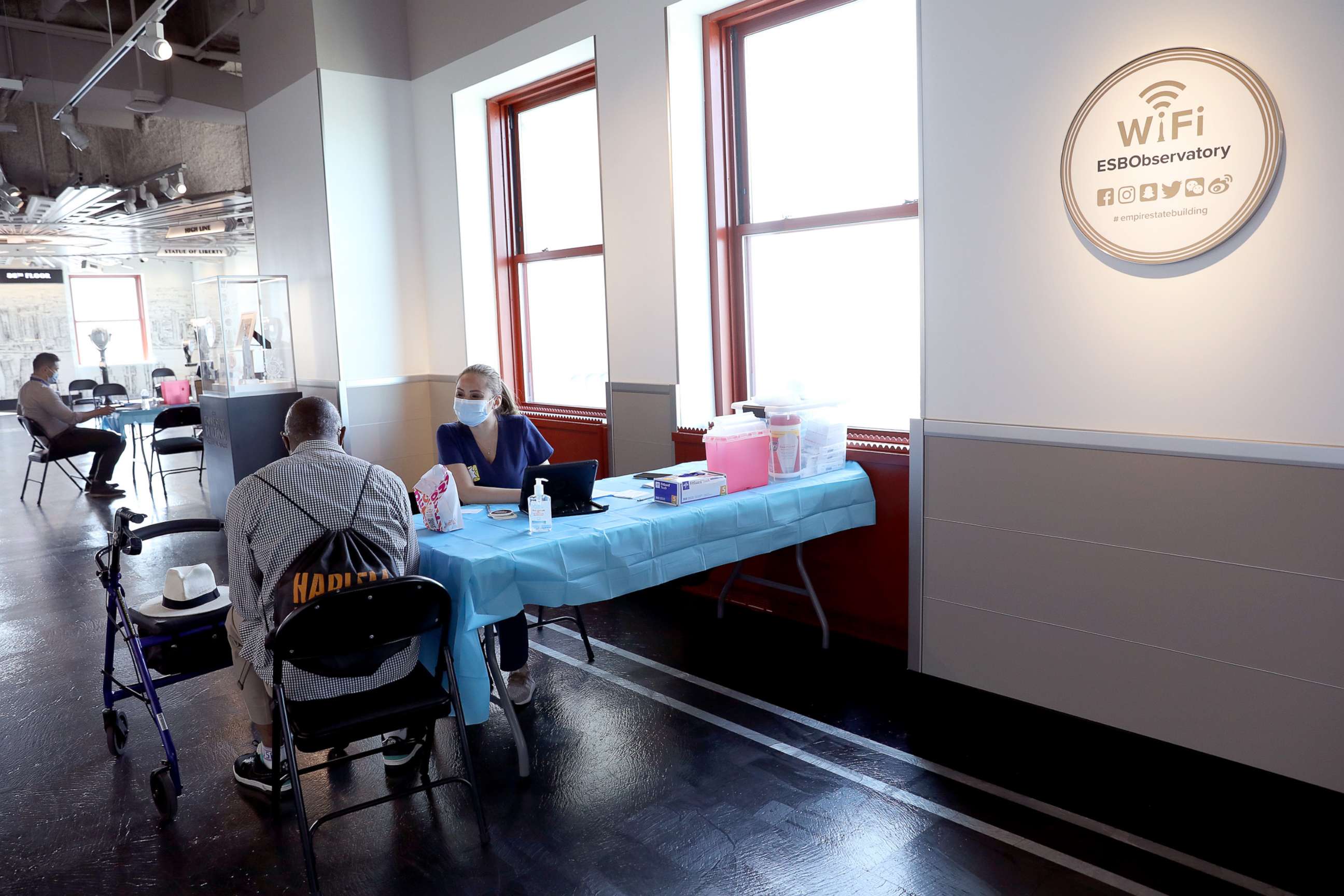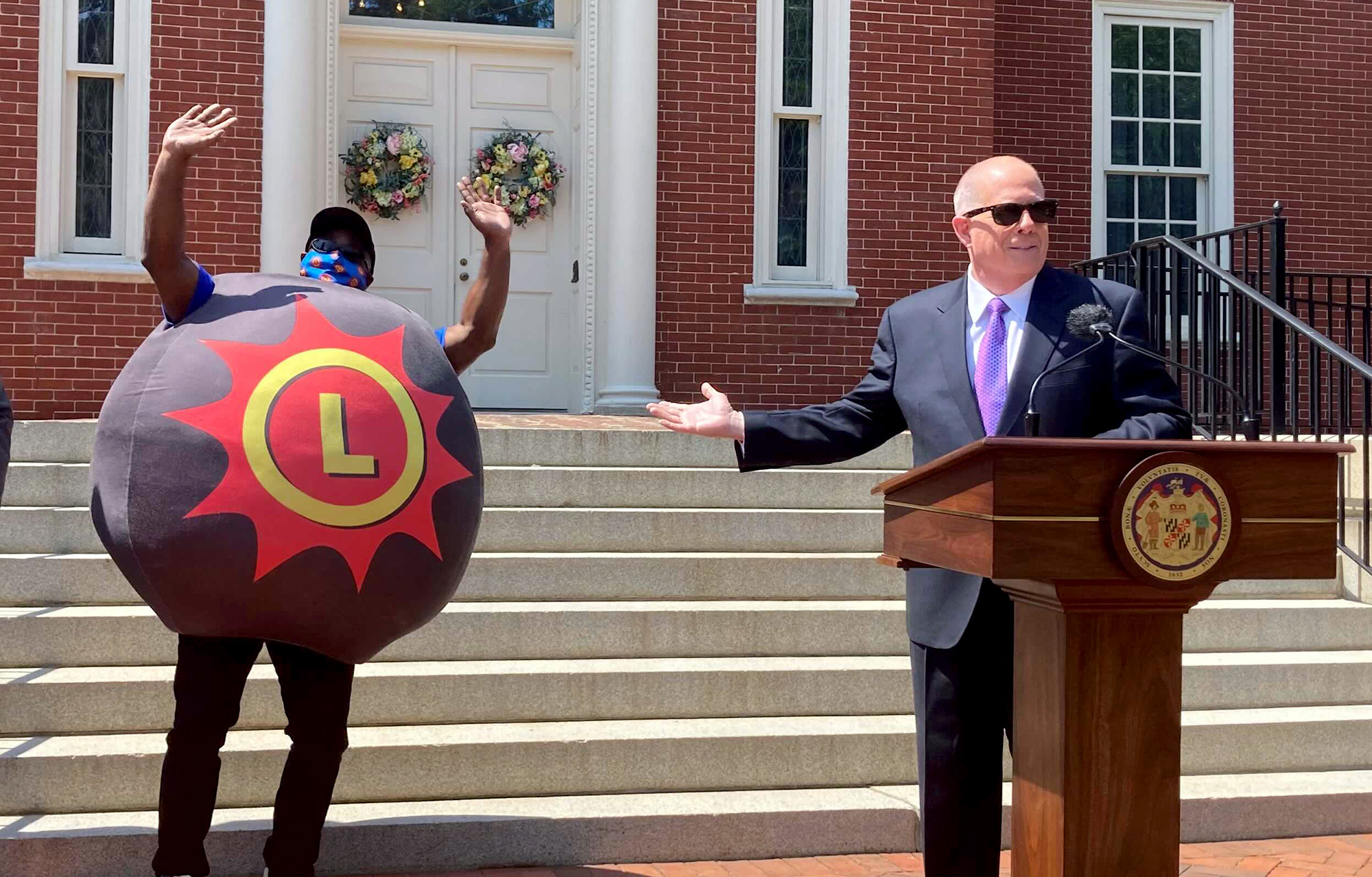Why COVID-19 vaccine incentives didn't really work: Experts
Experts say state leaders need to rethink strategies.
After more than two months of trying to woo hesitant Americans to get COVID-19 vaccines with cash, free beer and other prizes, health data and experts suggest those incentives failed to move the needle forward appreciably in many cases, and in some had no impact at all.
"A small proportion responds to the incentives, but they are definitely not a panacea," Dr. Kevin Schulman, a professor of medicine and economics at Stanford University's School of Medicine and Graduate School of Business, told ABC News of the national vaccine situation.
There was some initial thought that lotteries, in particular, would be effective given their appeal to some people who were also hesitant to get vaccines, experts told ABC News. But since incentives started widely being offered beginning on May 12, the number of first does given in the U.S. briefly increased but then tailed off.

The country did not meet President Biden's goal of 70% of Americans getting one dose by July 4 and only 48% of the entire population has been fully vaccinated as of July 13, according to data from the U.S. Centers for Disease Control and Prevention (CDC). The situation is more urgent in some states, like Arkansas and Louisiana, where vaccinations levels are below 50% despite well-funded incentive programs.
Schulman and health experts are recommending governors and health officials refocus their efforts on outreach rather than incentivizing if they want to avoid another wave of cases, hospitalization and deaths brought upon by low vaccination numbers.
Ohio's 'Vax-a-Million' -- an outlier?
Ohio, the first state to offer a lottery to vaccinated residents, was seen as an early test case. Gov. Mike DeWine used federal stimulus money to offer a $1 million prize and one full college scholarship to teen entrants once a week or five weeks.
One week after the "Vax-a-Million" sweepstakes was announced, an additional 113,000 Ohio residents had received their first dose, according to the state's health department. That increase which represented a week to week 53% jump , the state's health officials said.
"This exceeded the governor's expectations," Dan Tierney, a spokesman for DeWine, told ABC News.

While the state credited the lottery for the jump, there has been no direct study or data to show it was the impetus, aside from some anecdotal evidence, according to the state's health officials. The data did show that the increase was short-lived.
Since May 12, the number of residents who received their first shot increased by 770,000, according to the Ohio Health Department.
While this represents 13.5% of the 5.7 million Ohio residents who have received their first shot as of July 13, the state only has 48.8% of its population with one dose.
Roughly 55.6% of the total U.S. population has received one dose as of July 13, according to the CDC.
John Brownstein, Ph.D., an epidemiologist at Boston Children's Hospital and an ABC News contributor said Ohio's case demonstrated that vaccine health incentives are really just a stop-gap and true solutions lie in increasing access to a vaccine center and education about efficacy.
"The incentives only really worked for people who were on the fence," Brownstein said of the Ohio lottery program. "You saw that slight bump, but there are still thousands of people who aren't signing up and the incentives didn't work on them."
Tierney said the Ohio lottery campaign organizers acknowledged that the campaign was most effective at convincing residents who were planning on getting vaccinated but held out due to scheduling time around school, work or vacations.
But Tierney also maintained that those hundreds of thousands of newly vaccinated residents still make a difference in the state's goal.
"I think Vax-a-Million forced a lot of people to think about their calculations about when they wanted to get the vaccine," he said.
Others lagging behind
Brownstein and health experts warned that Ohio's increase following its lottery was an outlier.
Eighteen other states, including Maryland and New York, came up with their own vaccine lotteries or cash giveaways following Ohio, according to the National Governor's Association. Their combined efforts appeared to only make a small and short-lived dent in vaccination numbers.

The seven-day average of new first doses given initially climbed from 1.79 million on May 12 after the states offered their programs to 1.88 million a week later but has steadily declined to 421,000 on July 7, according to the data. The average peaked at 3.4 million doses on April 11, according to the CDC.
Several states with already lagging vaccine numbers saw no jump after their programs were announced, according to health data.
In Louisiana, where only 39% of the entire population has one dose of the vaccine, the seven-day average of new daily doses administered has remained level at around 10,000 for the last month, according to Louisiana Health Department. A lottery for vaccinated residents was announced on June 17.
In Arkansas, the seven-day average of new vaccine shots administered declined by over 3,500 after the state announced its scratch-off game incentive for vaccinated residents on May 25, according to the Arkansas Health Department.
"I don't know if we're going to be able to buy our way out of this," Col. Robert Ator, the program director of the Arkansas vaccine incentive program told ABC affiliate KATV on June 28.
A representative for the Arkansas Health Department told ABC News the state is looking at other options including a request to businesses to offer incentives to people.
Don't focus on incentives: Experts
Schulman, who co-authored a report in the New England Journal of Medicine in January arguing that the best ways to promote the COVID-19 vaccination among the populace is for state leaders to rethink their approaches and focus on marketing rather than rewards
Specifically, Schulman said states should prepare and launch marketing and advertising campaigns aimed at Americans who think it's OK not to get a shot because hospitalizations and deaths are down from the winter and they'll be fine.
"They are a really important group to address now. They're more likely to respond to a good marketing campaign," he said.

Informing those unvaccinated members about the dangers of the virus, particularly the growing threat of variants, and the effects on their families and businesses will go a longer way than a cash prize, Schulman argued.
"I would go back to those lottery states and ask how much did you spend on the lottery and how much could you have spent on Facebook ads that could appeal to those populations," he said.
Tierney noted that the Vax-a-Million sweepstakes generated a form of publicity for the vaccine because of news articles, social media posts and word of mouth. His office has estimated that the coverage was the equivalent of $50 million in advertising.
"We could not have bought this word of mouth," he said.
Schulman said it is promising that state leaders are working to close the vaccination gap, but reiterated that they'll need more precise targeting to pick up the pace.
"The fact that these governors sounded the alarm early and said, 'We have a problem,' is encouraging," he said. "They must not give up."




